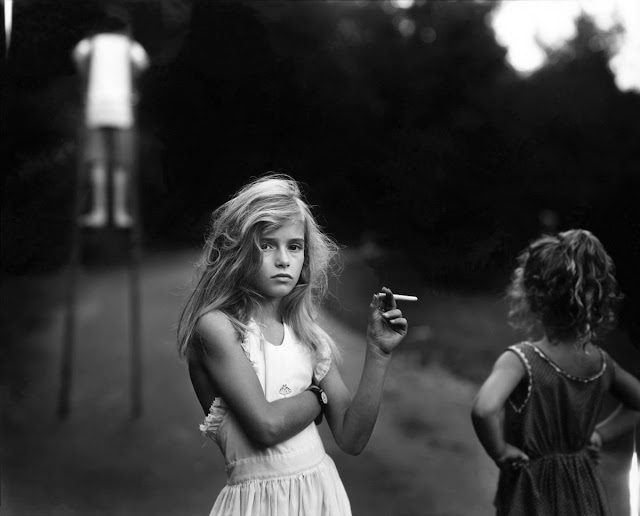Walker Evans: Depression Era Portraits
With the likes of Dorothea Lange and Gordon Parks already featured here for their Depression era portraits and images, you would think that everything that needs to be said about that time has already been said. This blog would be remiss, however, if it did not feature the stark images of photojournalist Walker Evans.
Walker Evans was actually born into a relatively well-to-do family, but he fared poorly in school, dropping out of college and then working at different jobs, first in Paris, then in New York without much success. His first serious foray into the photography business came around 1928 when one of his amateur photographs was published along side a poem by Hart Crane.
Even at the start of his photography career, Evans jumped from one subject to the next, first documenting Victorian houses in Boston, then photographing the Cuban revolution in 1931, before finally securing a job with the Farm Security Adminstration in 1935, the same organization that sponsored Dorothea Lange and Gordon Parks.
It was in 1936 that Evans did his seminal work, documenting the lives of three sharecropping families in Alabama. The photographer spent three weeks taking portraits of the rural families making their way amidst the face of crushing poverty. The results of those three weeks proved too powerful for Fortune magazine (which had sent Evans there on assignment) to print, but the images were later published along with the moving text of writer James Agee in the book, "Let Us Now Praise Famous Men".
Although the book has received accolades for its beautiful prose and images, some of the families' descendants resented how they were portrayed as people "who couldn't do any better". Residents of Hale County in Alabama also didn't take to kindly to how the area was projected in the book. Still, the novel has given readers an interesting and moving picture of sharecroppers' lives in the 1930s Depression.
After his time with the FSA in 1938, Evans moved to other equally interesting projects. One of these was taking voyeuristic portraits of New York subway passengers with a hidden camera in his coat. These photographs were published in the book, "Many Are Called". Evans eventually became an editor for Time magazine before moving to Fortune, where he would spend most of the last few years of his life.
Like many of the great photographers of the last century, Evans sought to capture people and places with "...the mask off". He sought to capture the truth, no matter how un-pretty or un-presentable it may be. His images may have been to serve as a warning for his generation, but more than fifty years on, they still serve the same purpose today.
There are a few more depression era portraits by Walker Evans over at the FSA-OWI page of the Library of Congress. Wikimedia Commons also has a few more images. For published editions, try Walker Evans, Walker Evans: Lyric Documentary and Let Us Now Praise Famous Men: The American Classic, in Words and Photographs, of Three Tenant Families in the Deep South.











that one kid was so poor he didnt even have pants, now thats roughing it.
ReplyDeleteYes I very much agree. I bet those folk had some serious integrity and maturity living in a time like that, we are so spoiled in comparrison!
Deletevery cool pictures
ReplyDeleteamazing how powerful these photos remains, 80+ years later.
ReplyDeleteI hope these photos remind people that we should appreciate the things we do have!
ReplyDeleteFor some reason I do find this very cool.
ReplyDeleteThese are some powerful photo's
ReplyDeleteCharles Bronson's family was so poor that he had to wear a dress to school.
ReplyDeleteInteresting pictures!
ReplyDeleteI can't even find words................
ReplyDelete